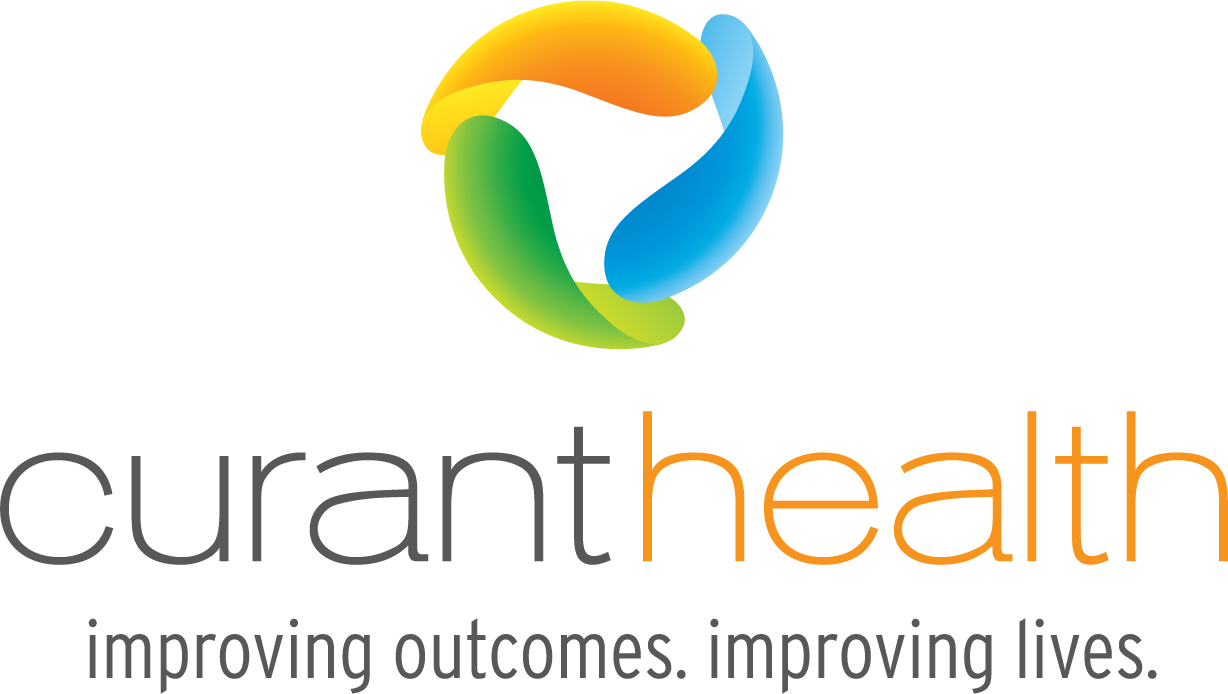
Prior to Armada 2015, my colleagues and I spoke about the dire need for greater alignment among all stakeholders in the pharmaceutical industry. While there have been some advancements in this regard over the past 12 months, they are painfully slow and need acceleration.
Within their individual silos, manufacturers and payers continue delivering for their stakeholders: insurers paying out fewer claims keeping costs low for their plan sponsors and manufacturers selling as much product as they can for their owners and shareholders.
At-risk contracts have arrived and are here to stay. Are they really value-based?
Contracts between pharmaceutical manufacturers and payers are still based on rudimentary volumetric math. In traditional contracts payment for drugs bring rebates based on volume and the right place on the formulary. New “at-risk” contracts bring higher payment rates for improving patient outcomes. But as the only drug on formulary, manufacturers are still banking on a simple volumetric percentage of efficacy to meet payment and profit goals.
Existing “value-based” or “at-risk” contracts are little more than window dressing. Real improvements in outcomes and value-based contracts require more lifestyle factor measurement and corresponding agreement on their evaluation.
There are some outcomes that are easy to measure: hospital readmissions, HCV cure rates and diabetes A1C counts for example. What’s not easy, and what is desperately needed for collective advancement, are outcomes that are lifestyle dependent and involve some sort of care team. How does the continuum impact diet for diabetics, for example?
There are four questions that need answers in order to ensure at-risk pharma contracts actually deliver value.
- How do we get ALL parties at the table in advance?
- Which outcomes metrics need measurement and analysis?
- What tech tools are missing and most needed?
- What does “care coordination” really mean?
My colleagues Javier Menendez, VP of Pharmacy Operations for Virginia Premier Health Plan and Joff Masukawa, founder of Diligentia and a member of the board of directors of the Center for Healthcare Innovation and I will tackle these questions on Thursday, May 5th at 1:00 p.m., followed shortly thereafter by Marc O’Connor, COO of Curant Health with Jason Gomberg, Michael Hunter, Paul Jardina and Elvin Montanez who will discuss the oncology pipeline and the forecasted shift in the payer mix.
Connect with us at Armada 2016 immediately following our presentations on Thursday, May 5.
Or contact Kristin Lindsey, Senior Director of Marketing, at klindsey@curanthealth.com You can also keep up with what we're seeing and learning at the conference by checking out @curanthealth on Twitter and our posts on LinkedIn.
Sincerely,
Patrick
Patrick Dunham
President and CEO, Curant Health

